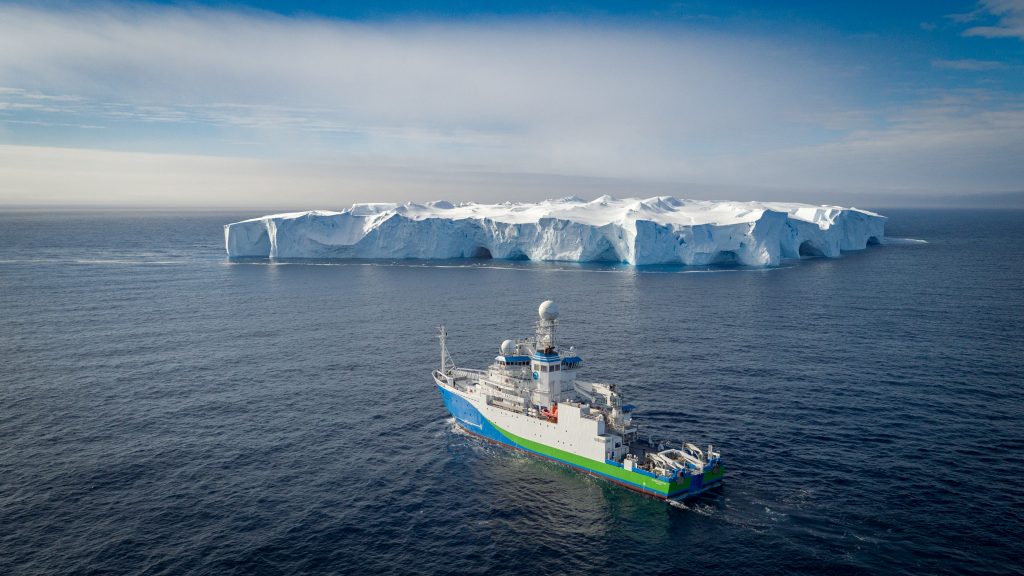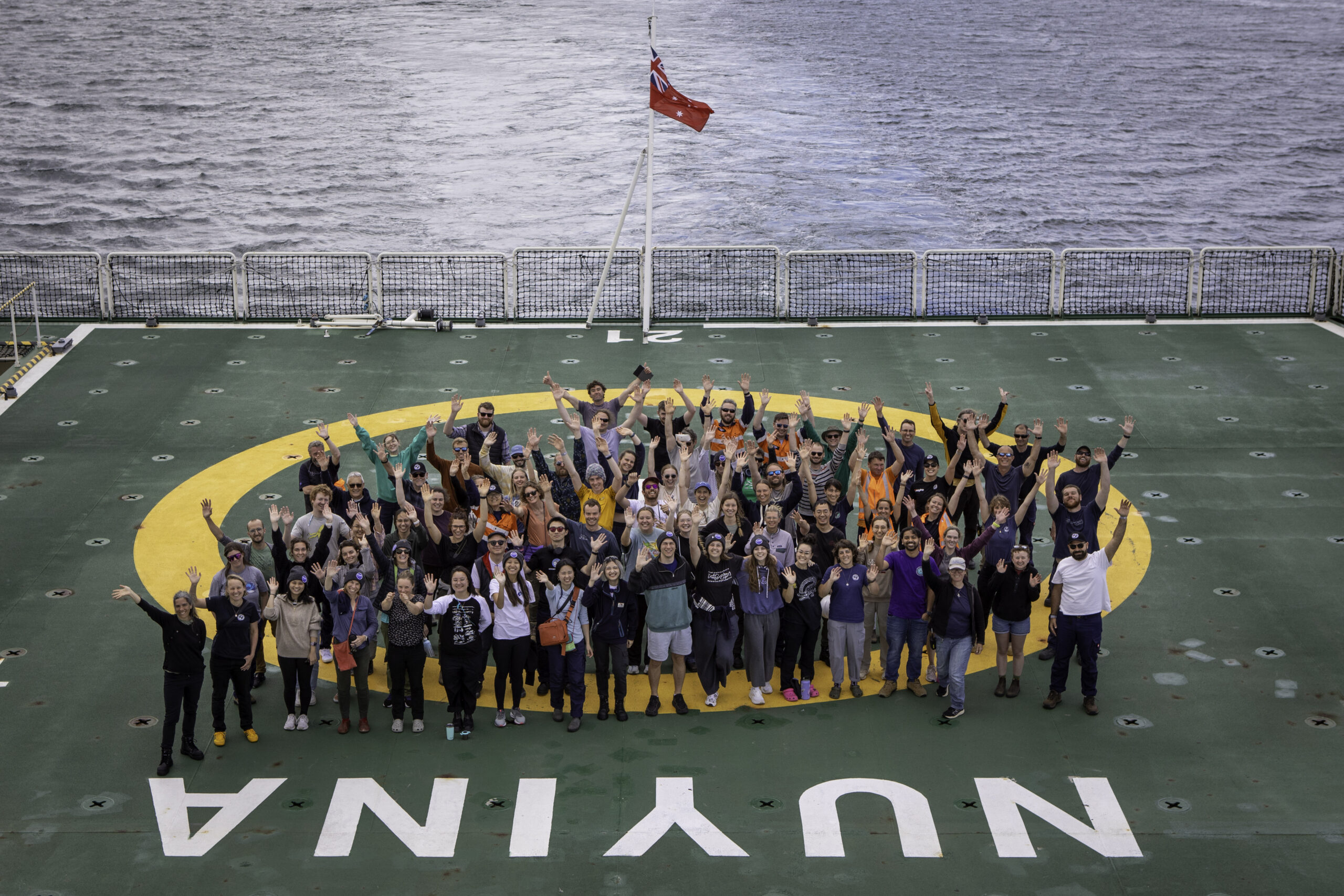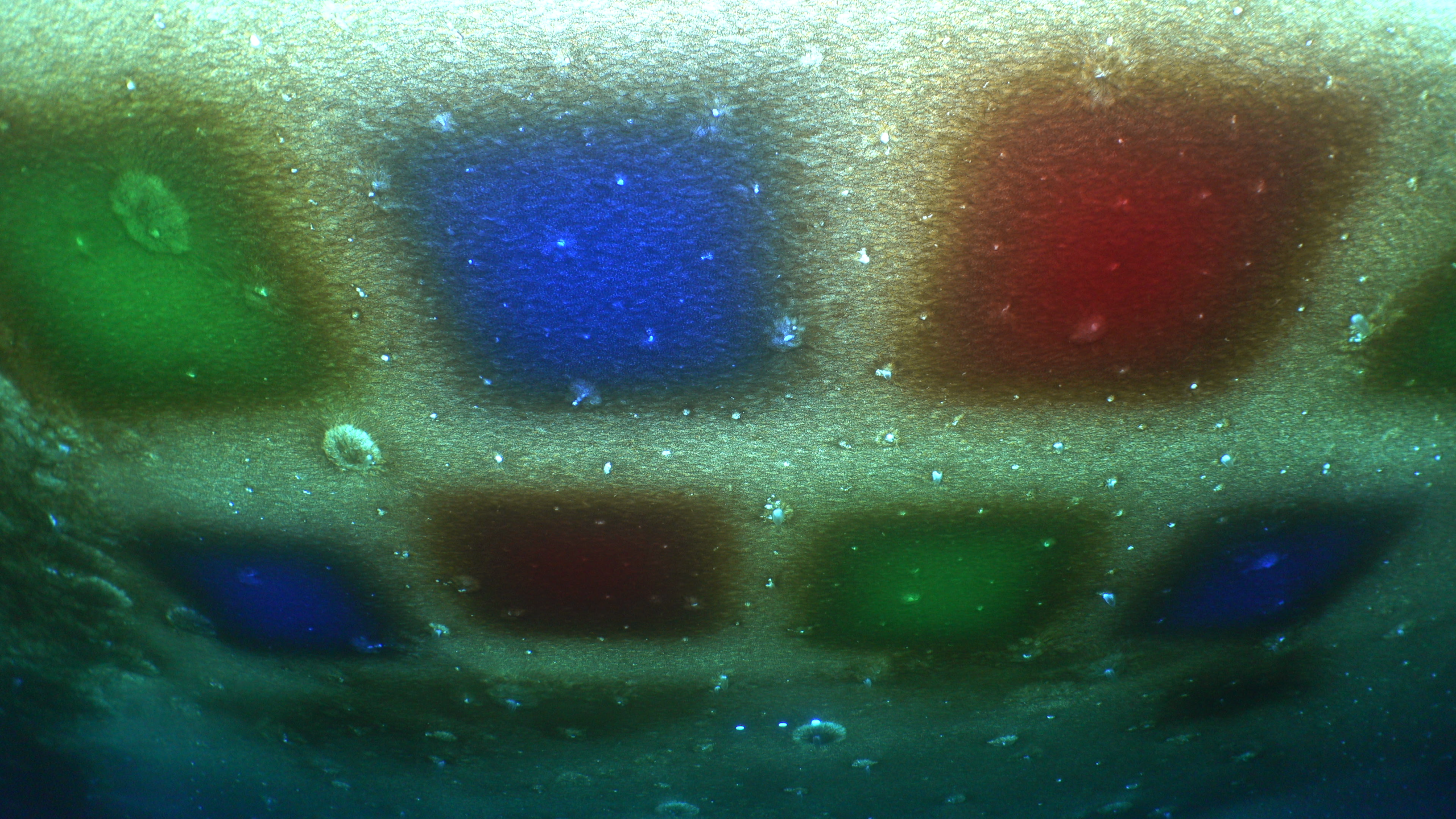Ocean warming and sea-level rise are on a fast track

The results of the study are based on many thousands of measurements taken from across the globe—including from the Southern Ocean, which warms at a much faster rate than the Pacific and Indian Oceans. Image credit: CSIRO Marine National Facility.
Researchers from the ARC Australian Centre for Excellence in Antarctic Science (ACEAS) at UNSW Sydney are part of a comprehensive international study that looked deep into the oceans to discover just how much climate change has warmed them – and what to expect in the coming decades.
The study, published in Nature Reviews, found that ocean warming has accelerated dramatically since the 1950s. It also highlights the importance of the urgent actions needed to mitigate and respond to climate change.
The study’s team included researchers from leading institutions in China, France, USA, Australia and the UK, and was led by Professor Lijing Cheng from the Chinese Academy of Sciences.
“We show what will happen if we don’t take action to slow global warming,” said co-author Scientia Professor Matthew England at UNSW Science and Deputy Director of ACEAS at UNSW.
More than 90 per cent of the global warming generated from carbon emissions is absorbed by the ocean.
“The ocean provides the key to understanding both our past and our future,” said co-author Associate Professor Jan Zika, an ACEAS Chief Investigator also based at the UNSW Data Science Hub (uDASH).
“To understand how fast the Earth’s climate is changing, we must look to the ocean and track ocean heat content change,” Associate Professor Zika said.
The authors collected temperature data across the world’s oceans using a variety of temperature sensors. Some of these sensors were manually placed in the oceans by researchers, others deployed by cargo vessels, and many are autonomous devices that float in the ocean or are tethered – like a buoy or mooring.
By combining the many thousands of measurements from these devices around the planet, the scientists were able to piece together a clear picture of global ocean warming back to the 1950s.
They found the upper 2000m of the ocean began warming at least since the 1950s. And the rate of warming has since accelerated and doubled into the 2010s, from less than 5 up to 10 ZJ per year – where one ZJ is 1,000,000,000,000,000,000,000 Joules of energy. This is equivalent to around 16,700,000 Hiroshima bomb explosions.
The study found that ocean warming isn’t the same everywhere, with the Southern Ocean and the Atlantic Ocean warming much faster than the Pacific and Indian Oceans. These results can help predict what will happen to the ocean in the coming decades.
“If we meet the Paris Agreement emissions targets and global surface warming is limited to 2°C above the pre-industrial levels, then the acceleration of ocean warming will stop around 2030,” Professor England said.
“But if we don’t take action, the predictions are quite dire. The rate of ocean warming will skyrocket throughout the 21st century so that by the 2090s, it will be four times larger than it is today.”
A warmer ocean has potentially dire consequences. Not just to sea life and the food chain, but also to weather patterns – with more intense storms, more deadly rainfall and flooding, more heat waves and droughts, and more powerful tropical cyclones.
Coastal regions around Australia and the rest of the world are already increasingly vulnerable to climate change. Ice sheets are melting faster, sea levels are rising, storm systems are becoming more intense, coral reefs are bleaching – and there are many more adverse impacts on ecosystems – all linked to ocean warming.
“Already 2022 has experienced a wide range of climate disasters: heat waves, flooding, heavy rainfalls. If the current weather is wild, just wait for the coming decades – we haven’t seen anything yet,” Professor England said.
PAPER
Lijing Cheng, Karina von Schuckmann, John P. Abraham, Kevin E. Trenberth, Michael E. Mann, Laure Zanna, Matthew H. England, Jan D. Zika, John T. Fasullo, Yongqiang Yu, Yuying Pan, Jiang Zhu, Emily R. Newsom, Ben Bronselaer, Xiaopei Lin. (2022). ‘Past and future ocean warming’. Nature Reviews. DOI: 10.1038/s43017-022-00345-1


